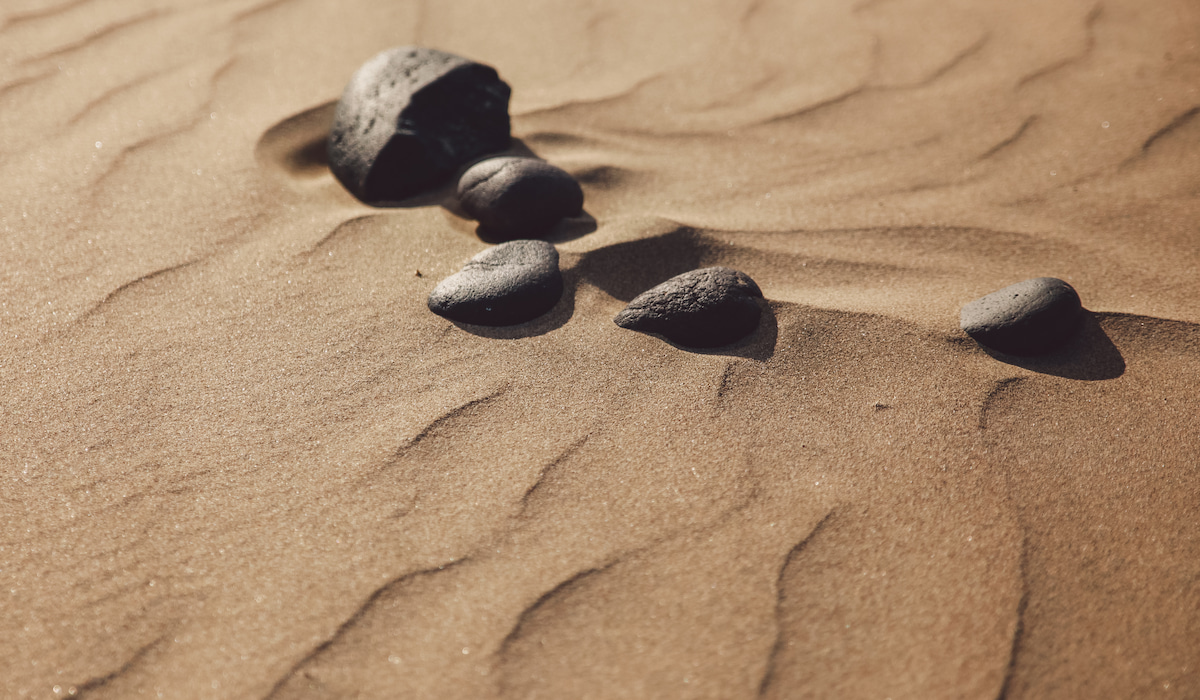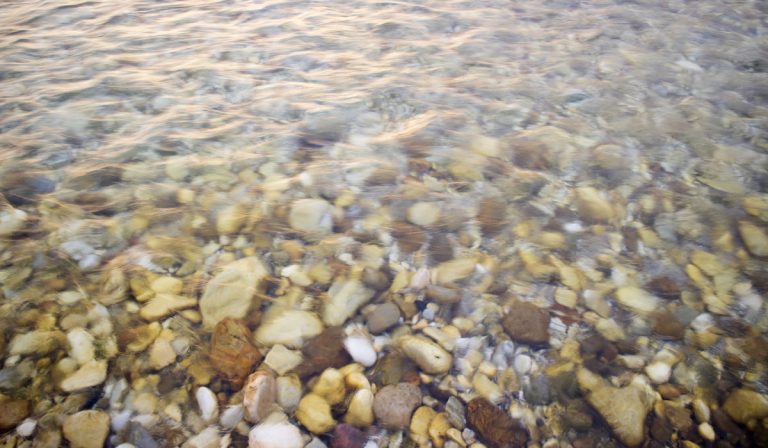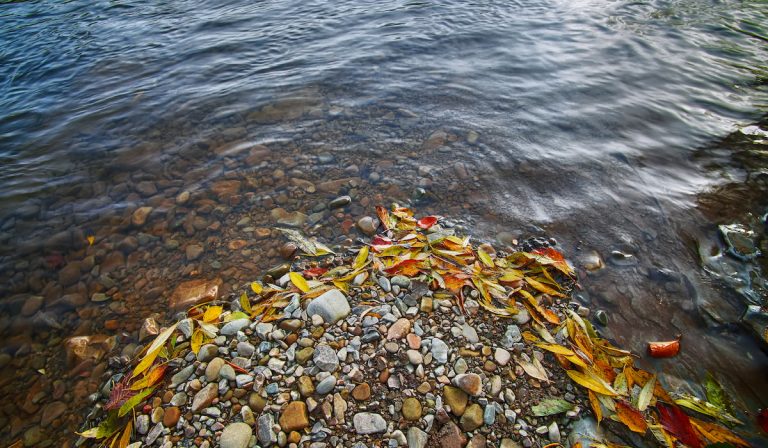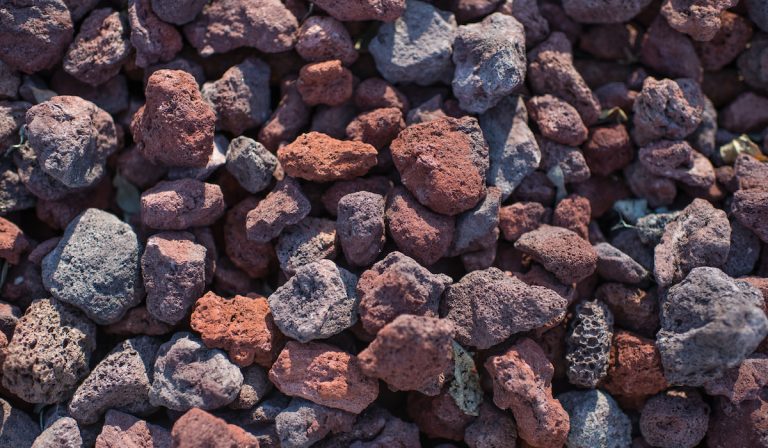How to Polish Rocks with Cerium Oxide (Solved!)
Rock tumbling and polishing are essential activities in shaping rocks into fine stones worthy of display. When tumbling rocks, you need effective grit to make your rocks smooth and shiny.
One common type of grit used is cerium oxide. What is cerium oxide and how do you polish rocks with it?
You can use cerium oxide as well as plastic pellets to remove scratches from rocks. To polish rocks with cerium oxide, you need a rock tumbler and water. There are several phases in rock tumbling.
What are the phases of rock tumbling and when should you introduce the cerium oxide? What are the advantages of using cerium oxide? We’ll answer these questions and more in this article.
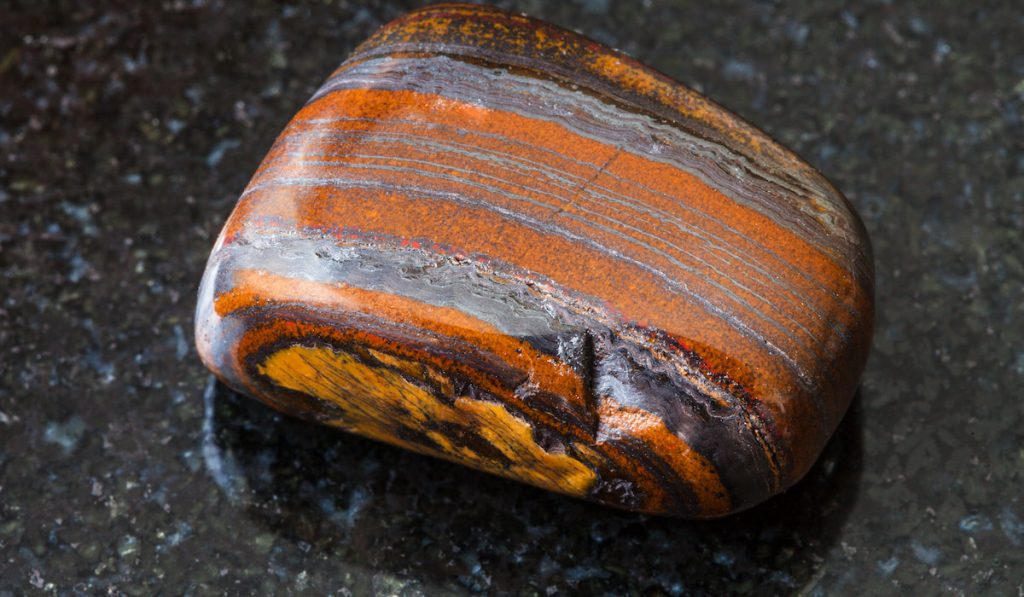
Polishing Rocks with Cerium Oxide
Cerium oxide is a chemical compound composed of cerium and oxygen. It has a chemical formula of CeO.
Cerium oxide is a very effective polishing compound for rocks, glasses, and other substances. While there are several grades of cerium oxide, the “Standard cerium” is a common grade of cerium.
Note that the larger the size of cerium oxide particles, the more effective they become in rock polishing. Also, note that pure cerium oxide is white. Cerium oxide can appear in different colors according to the grade, but it is white in its purest form.
Examples of rocks that cerium oxide can polish effectively
- Quartz
- Opal
- Agate
- Obsidian
- Jasper
- Petrified wood
- Feldspar minerals
Advantages of using cerium oxide
- Not Expensive: When compared to other types of grit used in rock tumbling, cerium oxide is not expensive. A pound of cerium oxide can cost around $12.75 while about 50 lbs. can cost around $582.75. Note that the grade of cerium oxide determines the cost.
- Polishes a Wide Range: As you already know, cerium oxide is effective in polishing different types of rocks. Cerium oxide can polish both hard and soft rocks.
- Great for Beginners: There are many articles and resources available online that can guide beginners in their rock tumbling journey using cerium oxide. Cerium oxide is also very safe to handle, so you do not have to worry about taking special precautions.
- Readily Available: Cerium oxide is among the most popular types of grit used in rock polishing. It is widely available in different stores, so you do not have to search so hard for it.
How to Polish Rocks with Cerium Oxide
Rock tumbling and polishing are very easy activities. Follow the steps below to polish your rocks using cerium oxide:
1. Gather Your Rocks and Grit
When you have collected as many rocks as you want, you need to make sure that you have enough cerium oxide. Use two tablespoons of cerium oxide for every pound of rock in the rotatory rock tumbler barrel. If you have a vibratory rock tumbler, you can use a half tablespoon for each pound of rock in the tumbler.
The grade of cerium oxide you use depends on what you are willing to spend. The purest grade of cerium oxide is the most effective in rock tumbling and you do not have to spend as much time when tumbling rocks with it.
If you can, you should use different grades when tumbling your rocks. Start with the purest grade while shaping the rock and move on to less-effective grades when polishing the rock.
2. Tumble the Rocks with Cerium Oxide
It is time to tumble the rocks. Note that you will need a rock tumbler for this phase and it can take up to a month. Also, remember to use water to form a paste with grit when tumbling rocks. Do not add too much water.
The phases involved in tumbling rocks are:
- Shaping: In this phase, your primary purpose is to grind the rocks or remove all sharp edges. Rough rocks will take shape in this phase. This phase can take 5-7 days.
- Scratch Removal: After shaping your rocks, you will notice that there are several scratch marks on the surface of your rocks. This phase in rock tumbling aims at removing the scratch marks. Add an extra tablespoon of cerium oxide to the rock tumbler for this phase. You may spend up to a week tumbling your rocks in this phase.
- Pre-Polishing: It is not yet time to polish your rocks as there are still visible signs of scratches in your rocks. Add some plastic pellets into the rock tumbler barrel in this phase.
Note that you should clean the rock tumbler barrel after each phase. Also, you should use fresh grit in every stage.
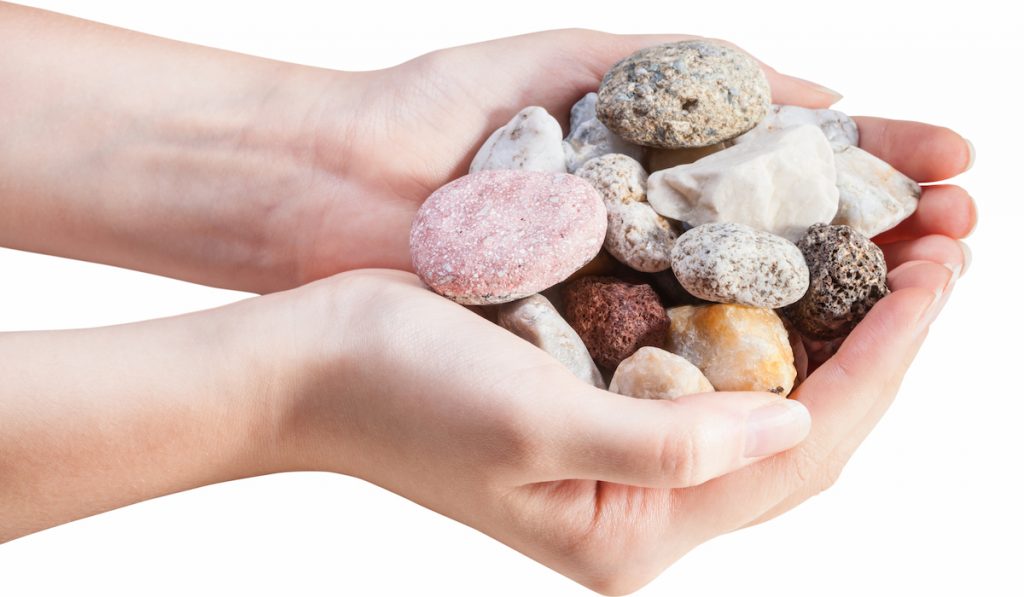
3. Polish the Rocks
It is time to polish your rocks. In this phase of rock tumbling, you want to give your rocks a very smooth feel. While you can use cerium oxide, you should add plastic pellets. Make sure that there is more grit than rocks in the rock tumbler barrel as you do not want your rocks to touch other rocks.
You can spend up to a week polishing your rocks. Check the rocks every two or three days until you are satisfied with the way your rocks look and feel.
4. Oil (Shine) the Rocks
What does it mean to shine your rocks? You want to give your rocks a watery appearance so that they will appear shiny. You can use different types of oils, transparent acrylic paint, clear nail polish, etc. to make your rocks shiny.
You can use your polished rocks without oiling them, but it is recommended to oil them so that their natural colors do not fade over time.
5. Display the Rocks
How do you display rocks? You can display your rocks in a fish tank, a terrarium, rock display case, water fountain, on a shelf, and anywhere you want. Make sure that your visitors can easily see the rocks that you have collected and carefully tumbled.
You can label your rocks in a rock display case so people can know the name of the rock, point of collection, and other details about the rock.
Congratulations. You have successfully polished your rocks with cerium oxide.
Related Questions and Answers
Are you still curious about rock polishing? Here’s more info for you:
1. How Does Polishing Rocks with Grit Work?
Mohs hardness scale refers to the hardness of materials. On the scale, a material with a higher level can easily scratch and grind any material with a lower grade. This means that if rock A is higher than rock B on the Mohs hardness scale, you can easily use rock A to scratch rock B.
Rock tumbler grit is usually higher in the Mohs scale than most rocks. This means that grit easily scratches and grinds rocks in rock tumblers.
2. What If Cerium Oxide is Not Effective for Your Type of Rock?
If a certain grade of cerium oxide is not effective for a special type of rock that you have, it could mean that the grit has a lower level on the Mohs hardness scale. This means that you may need to buy a higher grade of cerium oxide or use a more effective type of grit.
Cerium oxide is 4-7 on the Mohs hardness scale according to the grade bought.
A type of grit that is more effective than cerium oxide is tin oxide. If the tin oxide is not effective for your rock, you should buy Linde-A-Polish.
3. How Can You Reduce the Cost of Rock Polishing?
There are several ways to reduce the cost of rock polishing. For example, you may decide to use a cheaper type of grit or to reuse your grit.
What you should know is that cheaper methods of rock tumbling and polishing are usually less effective and can take a longer time to polish your rocks.
You can use a bench grinder or Dremel to polish your rocks, but you need to clamp the rocks and be very careful.
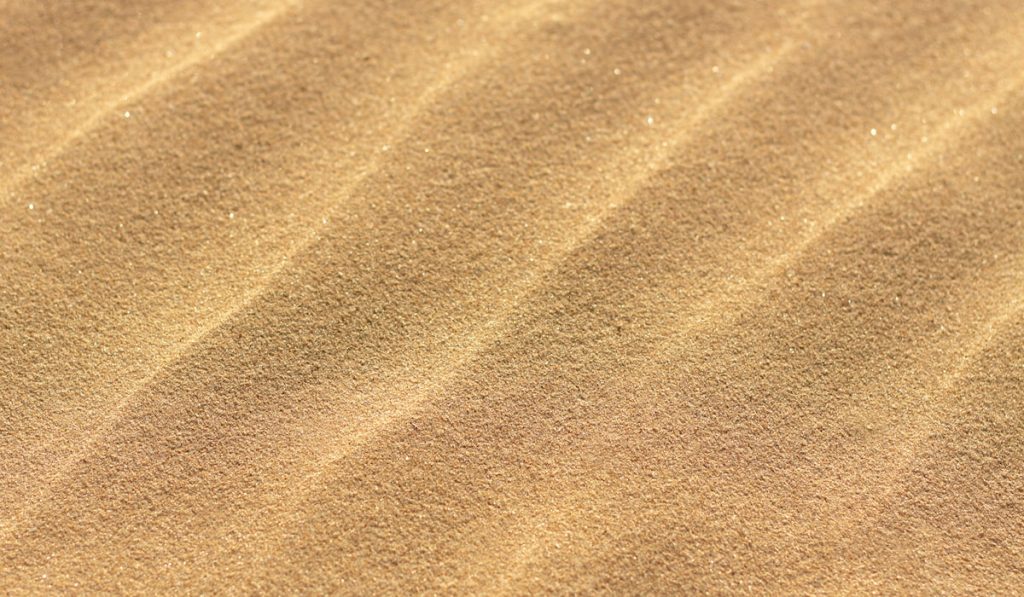
4. Can You Polish Rocks with Sand?
Polishing rocks with sand is not effective because sand is usually faded rock. Remember Mohs hardness scale. Sand and rocks are the same on the scale, so it would be very difficult and take a longer time to use sand to polish your rocks.
You should not use sand to tumble or polish your rocks.
5. Can You Reuse Spent Cerium Oxide Grit?
It is not recommended to reuse rock tumbling grit as grit becomes less effective after using it. Grit can be filled with impurities and can even harden after each use.
You can reuse grit used in the polishing phase, but do not bother reusing grit in the previous phases.
Final Thoughts
Cerium oxide (CeO) is a chemical compound that is used to polish rocks in rock tumblers.
Carefully tumble and polish your rocks to reveal beautiful stones from the rough rocks that you found when collecting.
Resources
- http://jersey.uoregon.edu/~mstrick/AskGeoMan/geoQuerry55.html
- https://forum.rocktumblinghobby.com/thread/5376/help-cerium-oxide-polish-problem
- https://covington-engineering.com/supplies/cerium-oxide-1/
- https://findanyanswer.com/how-do-you-polish-stones-with-cerium-oxide
- https://rocktumbler.com/polish/cerium-oxide/

